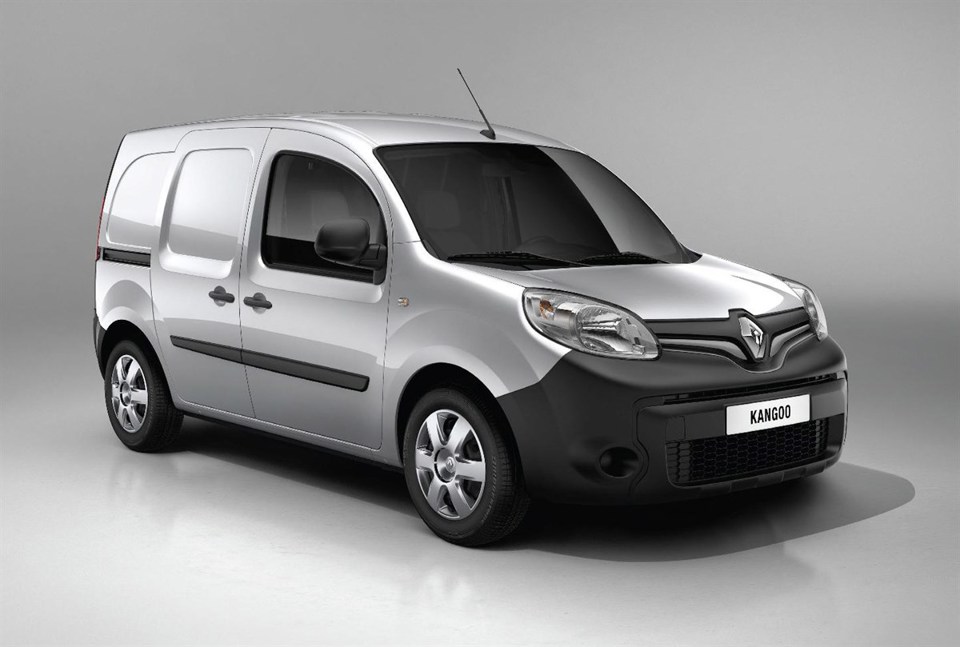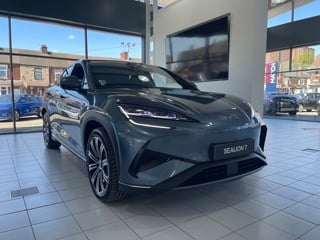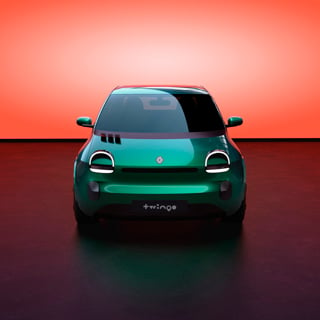Renault's Kangoo van will get a fresh new look from June, along with improved efficiency and new technology.
The revised Kangoo has a bolder front-end, with new light clusters and a different grille design but the improvements should also mean lower running costs for fleet operators.
The dCi 75 and dCi 90 (both equipped with stop/start technology) offer combined-cycle fuel consumption of 65.7mpg (equivalent to 112g/km of CO2).
To help drivers reduce their fuel consumption further still, the latest-generation engines available for Kangoo come with a gear shift indicator as standard equipment, as well as an ECO mode that can achieve fuel savings of up to 10% by acting on engine torque, the gear shift indications and accelerator pedal mapping.
Costs have been further reduced by longer engine servicing intervals for core versions (every two years or 25,000 miles, instead of every two years or 18,600 miles previously).
The new Kangoo is a shared project with Mercedes-Benz - as it's the basis for the new Citan van - and quality has improved with attention to spot weld finishes, crimping quality of door panels (cleaner, more consistent finish), precision in the application of body sealants and enhanced acoustics (sound proofing, aerodynamics, engines).
The Kangoo benefits from a connected multimedia system thanks to the introduction of R-Link (optional, or standard equipment for ‘Sport’ versions).
This system incorporates the in-dash TomTom Live navigation previously available for Phase 1 Kangoo, plus numerous new functions, such as advance warning of hazardous zones and the ability to download applications like the reading out of e-mails.
The range of radios has evolved, too, with a choice of three solutions. All radios come with USB and Bluetooth connectivity, while the next level up is equipped with a CD player. The premium radio integrates with the Renault R-Link system.
Also available is new electronic stability combined with Hill Start Assist, plus Grip for improved traction in difficult conditions.




















AquaticDougal - 04/02/2013 14:11
Looks very nice for a Renault & pretty poor for a Merc. Renault Sales Execs will be yelling "It's the same as a Merc!" .... but can't imagine the Merc teams mentioning the similarities with the Renault!